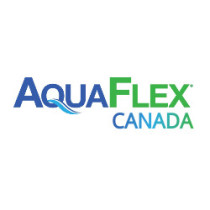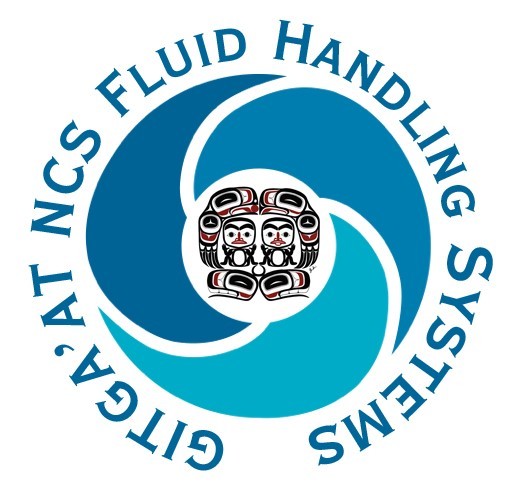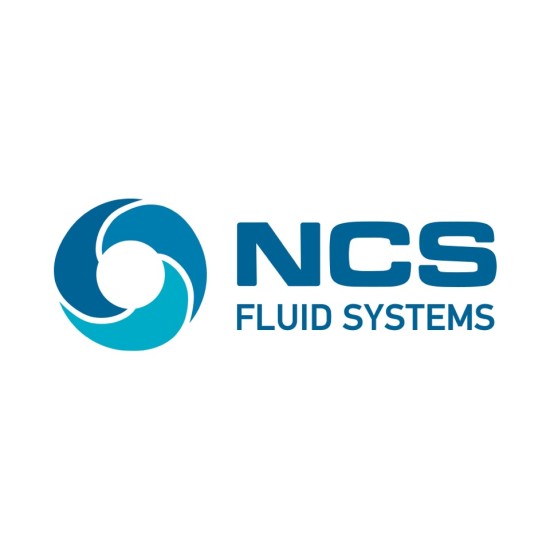
- Spill Pads
- Algae Control
- Filtration - bag filters and AquaFlex Mega Pads
- Contamination indicator - Snare Pom Pom
- View All
- API Endorsement
- Gulf Coast Recovery
- Industrial Laundry clean and recover
- Recovery Wringing
- Barrel Wringer

The significance of trace chemicals in our water and air are of increasing interest due to their known and unknown effects on human health, as well as the health of animals and plants, and effects on the ecosystem. Animals and humans that are exposed to contaminants can absorb the chemicals into and through the skin, by breathing the air, and by drinking water including inadvertently while swimming in bodies of water effectively "concentrating" the chemicals into the body or skin. It is desirable to have an accurate and cost efficient method to simultaneously analyze water and air for the presence of oil and other contaminants and remove the contaminants, including but not limited to diesel range organics, gasoline range organics, polychlorinated biphenyls (PCBs), fertilizers, pesticides, pharmaceuticals, organometals, metals, metalloids, volatile organic compounds (VOCs), semi volatile organic compounds (SVOCs) and radioactive materials.
Traditional sampling by collecting and analyzing a split second "grab sample" can be useful but has several limitations. Among those limitations is the inability to detect transient contaminants that are discharging sporadically and diffusing through the water column on an irregular basis, and the limited sample size that may contain only undetectable amounts of contaminants that are present at low concentrations and/or below the minimum detection level. Also, grab samples, by their nature, are instantaneous or reflect what is in the water for that split second. As a fish does not swim in the water for a split second and neither does a child, it is desired to have a sampling process that involves accumulation of contaminants over time in the same way that life forms are exposed to contaminants over time throughout the entire water column.
Chemicals and contamination are never in equilibrium in water, let alone water that is constantly flowing with many other variables to consider. Instantaneous/grab sampling reflects what is in the water for a split second, assumes the water being tested is in equilibrium, and does not take into consideration conditions like the constantly changing mixture of fresh water to the chemicals of concern when the grab sample is taken.
AquaFlex Canada technology is based on an open-cell foam matrix material. Open-cell foam matrix cumulative testing as described herein not only identifies what is in the water over time but removes the contaminants too. This cumulative testing has much less variability than instantaneous grab samples when it comes to potential dilution of the water body being tested and variability within the body of water and various connections to the body of water being tested. It has been established that grab sample testing exhibits such variability that it can lead to non-detects when chemicals of concern are actually present. When considering how animals and humans are exposed to various bodies of water from the bathtub I shower at home to swimming in a lake, pond, or ocean, the concentration index of the open-cell foam matrix cumulative testing appears to be a more accurate representation of the chemicals of concern in the water especially when the body of water is not in equilibrium. Some of the more dangerous chemicals of concern can enter the body through the skin; the skin attracts these chemicals and "concentrates" the chemicals in the human body.
The AquaFlex Canada open-cell foam matrix material can be composed of a relatively amorphous polyolefin elastomer. The open-cell foam structure provides high surface area due to the interconnected structure of the individual cells. The oleophilic nature of the constituent polymer(s) prevents the absorption of water and promotes absorption and adsorption of oil, chemicals, bacteria, and a wide range of other toxins/contaminants as previously described.
An AquaFlex Canada cumulative environmental indicator device can comprise one or more separate portions (e.g., pieces or strips) of the subject foam that are held in a water column, at one depth or at multiple depths. The foam is less dense than water so strip(s) will extend upward in the water column from the location where they are held/anchored. Each strip can extend over some or all of the depth (i.e., the height of the water column). The foam is left in place for an extended period of time, longer than is accomplished with a grab sample, and unlike a grab sample, the foam is removing contaminants continuously. The time can be any amount of time - seconds, minutes, hours, days, weeks or months, depending on the situation and desired results. The foam absorbs and adsorbs oil and other toxins/contaminants as previously described. These contaminants are accumulated by the foam.
Since the indicator spans different depths, the results can determine the presence and concentration of one or more contaminants at different depths of the water column, from the surface to the bottom, as desired. Also, as the foam portions can be placed at different locations in a body of water (as well as at different depths if desired), they can detect the movement of plumes of contamination through the water.
The foam is then not only removed and tested for the presence and concentration of contaminants but is wrung out and then redeployed and reused which makes the AquaFlex Canada technology truly sustainable and low carbon impact.
The AquaFlex Open-Cell foam does not absorb water. It absorbs oil and chemicals into the Open-Cell capillary network while repelling water thereby allowing water to pass through. The buoyant foam material is 70-percent lighter than conventional booms. Less than 12 feet of AquaFlex Open-Cell foam can absorb/detect more than 60 pounds of oil. Unlike conventional sorbents, even at full saturation with oil and chemicals AquaFlex products will not sink.
Oil can be wrung out of the AquaFlex Open-Cell foam, where it can be collected and sent to refineries for reuse. After the wringing process, the AquaFlex foam can be redeployed, and it can be reused up to 100 times. After extensive reuse, the bio-degradable foam can be safely disposed of.
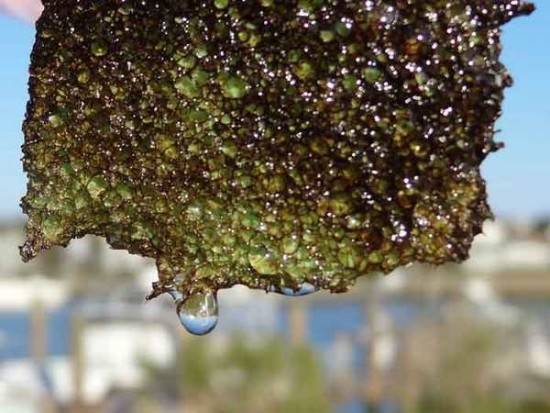
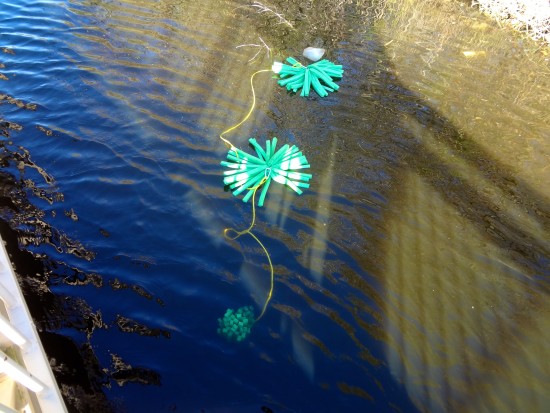
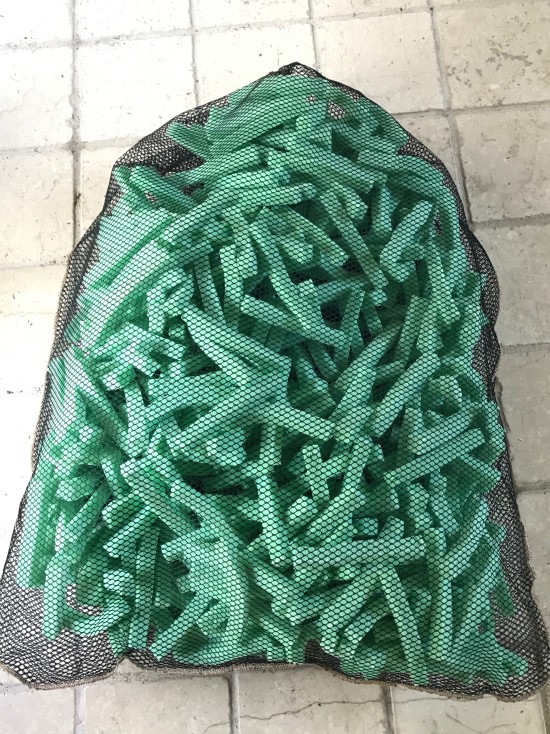
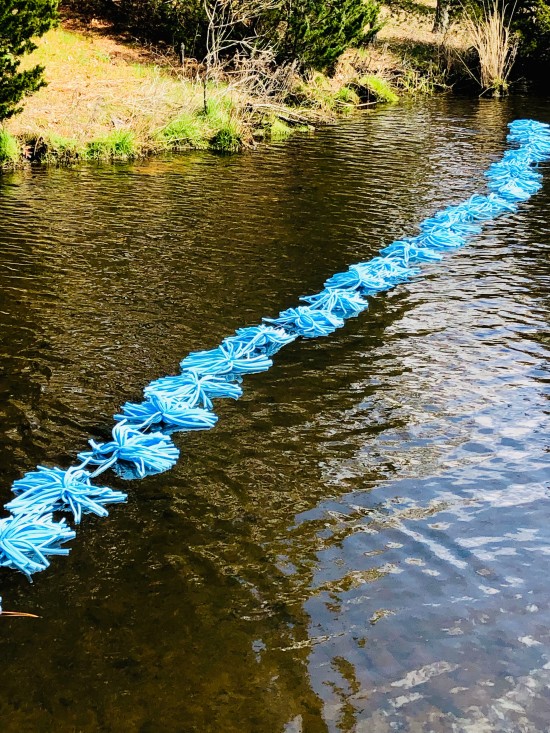
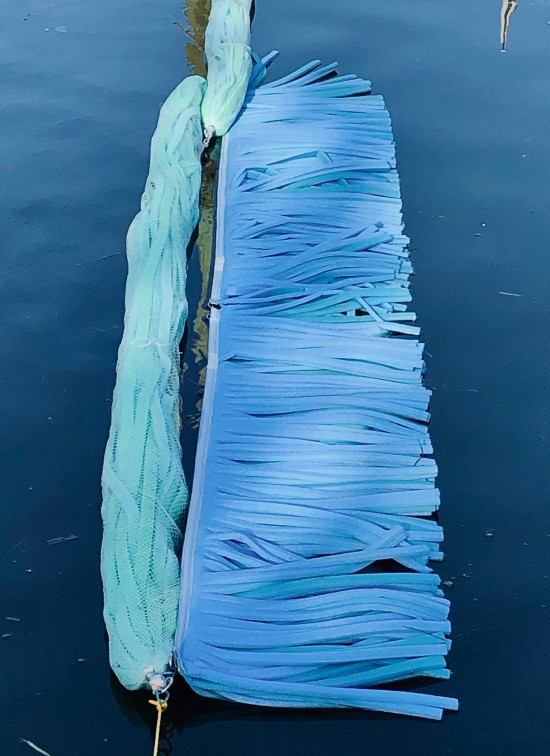

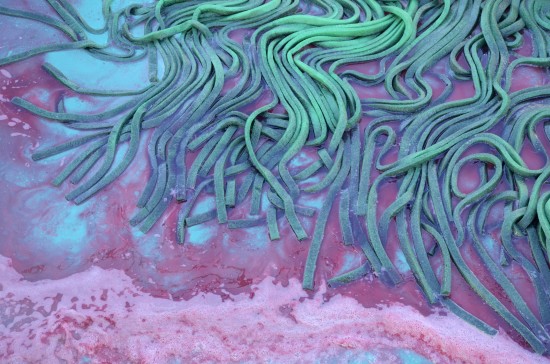
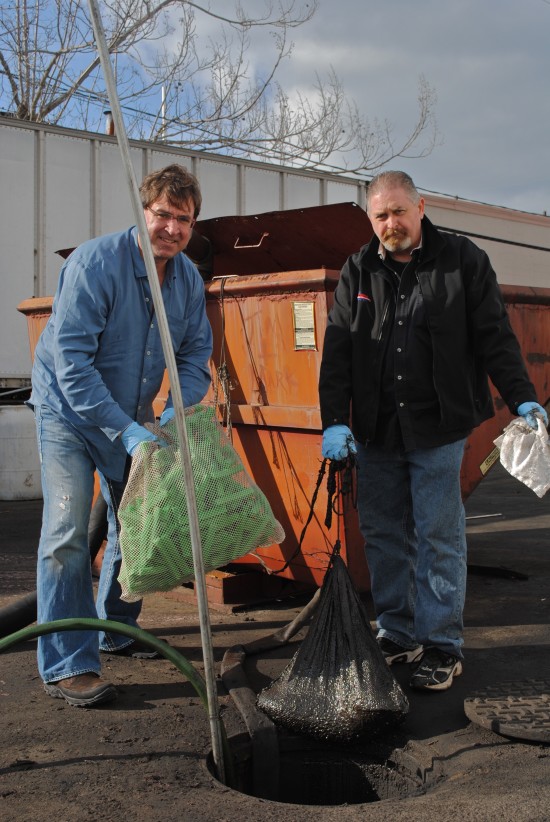
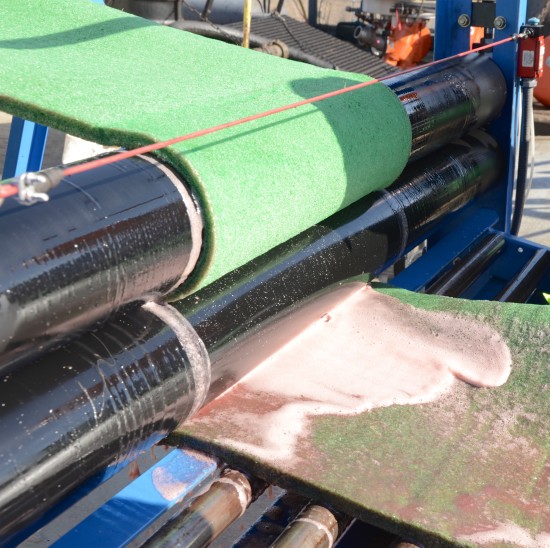

No positions available
AquaFlex Canada is based in Western Canada along the coast of BC with offices in Atlantic Canada and the territories
